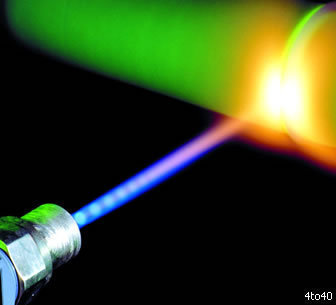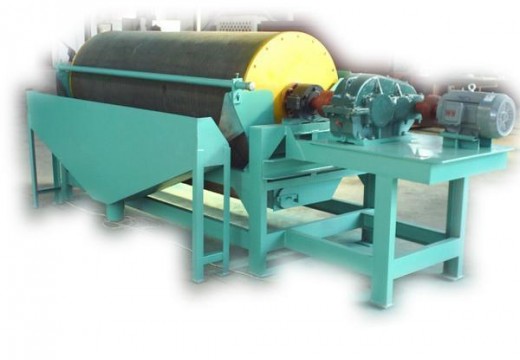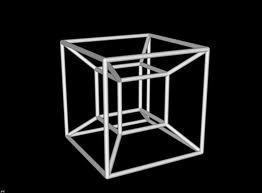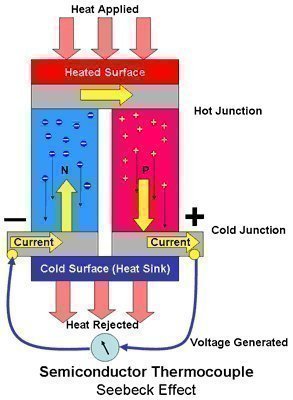Terahertz radiation is a selection of the electromagnetic wave spectrum that propagates at frequencies regarded as the terahertz band. ‘Radiation physics of energetic waves’ defines the terahertz band as tremendously high frequency. The terahertz band can be applied within the bracket of 300 gigahertz (high frequency microwave) and 3000 gigahertz (long wavelength far infrared light). This band’s wavelength can be as small as o.1mm infrared to 1.0mm microwave.
Terahertz radiation is also known as:
- Submillimeter radiation
- Terahertz waves (T-waves)
- Terahertz light (T-light)
- T-rays
- T-Lux
- THz
The terahertz band radiation travels in a line of sight. It is able to penetrate non-conducting material due to the submillimeter wavelengths’ non-ionization properties. It is able to pass through a variety of material types but is incapable of penetrating water, similar fluids, or metals although it can penetrate water vapor.
The earth’s atmosphere, which limits the range of communications transmissions in this band, absorbs Terahertz radiation. The ability to produce and detect terahertz radiation in an efficient manner was not possible before the 1990s.
Sources of Terahertz Radiation
Objects with a temperature greater than 10 kelvin (-263.15 °C or -441.67° F) with black body radiation are capable of producing terahertz radiation. The dust of the interstellar medium of the local Milky Way galaxy and distant starburst galaxies tends to be within the 10 to 20 kelvin temperature range. Using terahertz radiation as an imaging tool, telescopes can operate in this band to render visual representations of these types of particles.
Telescopes capable of imaging with terahertz radiation include:
- The James Clerk Maxwell Telescope
- The Caltech Submillimeter Observatory
- The Submillimeter Array at the Mauna Kea Observatory in Hawaii
- The BLAST balloon borne telescope
- The Herschel Space Observatory
- The Heinrich Hertz Submillimeter Telescope
High altitude sites must be used to combat Earth’s atmospheric filtering of terahertz radiation. The alternative is to use space borne telescopes that are absent of Earth’s terahertz atmospheric filtration.
Viable sources of terahertz radiation include:
- The Gyrotron (high powered vacuum tubes)
- The Carcinotron (backward wave oscillator tubes)
- Synchrotron Light Sources (sub atomic particle acceleration)
- Photomixing Sources (combination mixed laser beams)
- The Far Infrared Laser
- The Quantum Cascade Laser
- The Free Electron Laser
- Single Cycle Sources
- Photoconductive
- Surface Field
- Photo-Dember
- Optical Rectification Emitters
Terahertz Advancement Timeline
Generating images with terahertz radiation has been possible since the 1960s. Terahertz science and technology began to pick up in the mid 1990s.
Battery operated sources of terahertz radiation were introduced in 2007, which high temperature superconducting crystals made possible.
In 2008, semiconductor sources of terahertz radiation were created in ranges exceeding several hundreds of nanowatts. The use of the terahertz rays for imaging has been applied to scanning technologies to see through clothing and other materials, exposing weapons for several applications.
In 2009, terahertz radiation was observed in tribocharging and discharge of the peeling of adhesive tape. The resulting radiation peaks at 2 terahertz and 18 terahertz.
In 2011, transmissions at 1.5 gigabits per second were made possible on a chip operating with terahertz radiation.
Terahertz Radiation Research
Terahertz radiation has found several uses with research applications. The radiation is primarily used as an imaging tool but can also be used in communications.
Medically, T-rays have low photon energy that is not expected to damage DNA or tissues. This is not true for X-rays. Thus, T-ray use is increasing for different applications including cancer research. Penetration of several millimeters of tissues with low water content is possible using T-rays, which have an effective imaging reflection. The radiation detects the water content and density properties of tissue, making it possible to detect epithelial cancer through imaging.
T-rays are also capable of producing 3-D teeth imaging with greater accuracy than X-rays. This is done with specific frequencies that better penetrate and reflect the tooth surface for imaging applications. The higher imaging accuracy allows dentists to better inspect and plan for any teeth procedures or molding.
The terahertz radiation has found an application in security due to its unique imaging properties to penetrate fabrics and plastics. Surveillance usage allows security screening for weapons being concealed on a person remotely. Since certain materials that are commonly used for weapons can get through metal detectors, including ceramics, glass, dense plastics, wood and other organic materials, have specific spectral fingerprints in the terahertz imaging range, they become simpler to detect. Bodily privacy concerns can be avoided by targeting specific ranges in the spectrum so that genitalia and other bodily structures are not visible in scans.
Spectroscopy in terahertz radiation allows imagery to be rendered at the near-infrared spectrum. The imagery is broader spectrally because it is able to capture more information than single frequency imagery sources. The terahertz spectroscopy of chemical and biological chemistry is limited when samples are very thin or have low radiation absorbency. Even though there are limitations, terahertz spectroscopy is still capable of producing highly detailed imagery of opaque sample materials.
Terahertz submillimeter waves are used in physics to study condensed matter placed in high magnetic fields. The fields over 15 teslas (magnetic flux density) are observed in the submillimeter Larmor band, falling in the terahertz radiation electromagnetic spectrum.
An application for cautious inspection of artifacts has been found for terahertz radiation. The imaging application makes it possible to inspect pieces of art, historical artifacts, and other forms of materials in a non-destructive and non-invasive manner. One of the uses of this application is to look beneath layers of paint or inside materials in a different manner from X-ray technologies.
Submillimeter astronomy imaging allows telescopes to sample space molecular clouds and dark cloud cores. This allows the observance of star formation from collapse to stellar birth. The origins of galaxies and galactic formation are also observable with specific telescopic mirror apparatus designed to limit the interference of visible and infrared radiation from the earth and the sun. Additionally, certain telescopes, including water, isotopic water, isotopic carbon monoxide, molecular oxygen, and neutral carbon observe five specific spectral lines.
Communication applications are possible in high altitude communications in an environment where there is lower signal absorption from water vapor. This can include aircraft to satellite communications as well as inter-satellite communications.
Manufacturing applications of terahertz radiation imaging can allow greater quality control and process monitoring. Using T-rays in this manner results in effective plastic and cardboard penetration so that packaged goods can be inspected. This has the potential of providing safer screening of goods without having to open the packaging.
Safety of Terahertz Radiation
The region of radio frequency and optical application of terahertz radiation is associated with lasers. The Institute of Electrical and Electronics Engineers Radio Frequency safety standards and the American National Standard Institute Laser safety standard have limits in the terahertz region. These limits are based outside the range of known values for the frequencies. The radiation is thought to be thermal in nature when affecting tissue and research is still being conducted to validate the safety limits that these organizations set.
Mathematical models of terahertz radiation interaction with double stranded DNA illustrated the possibility for non-linear resonances to allow significant interference with DNA gene expression and replication. Verification of the mathematical model through experimentation was not undergone. It has been concluded that the interference would not occur under physical reasonable assumptions and the effects of temperature are considered.




terahertz spectroscopy
If this application is used than many harmful rays used in medical science,communication etc. can be reduced to some extent and useful for humans.Thanks for sharing.